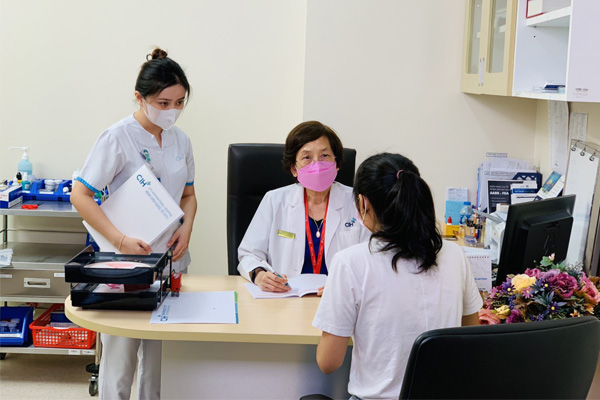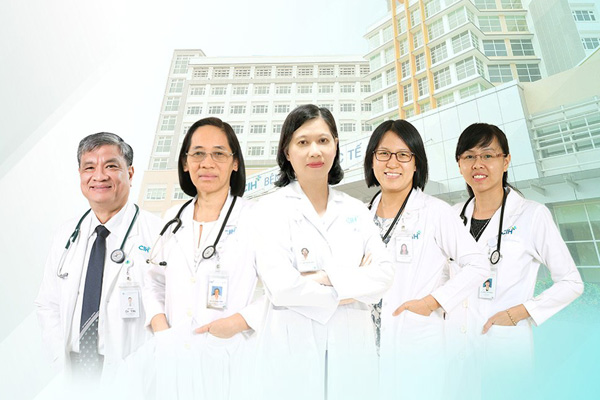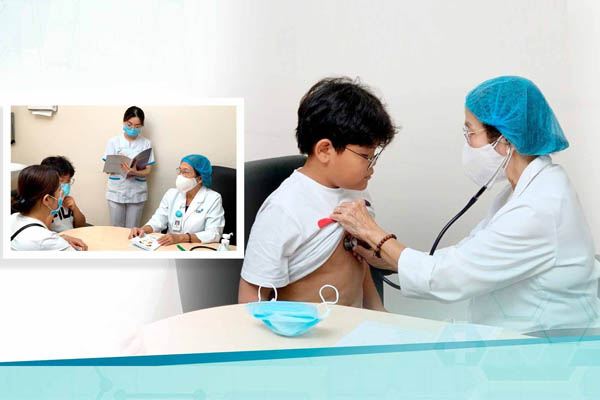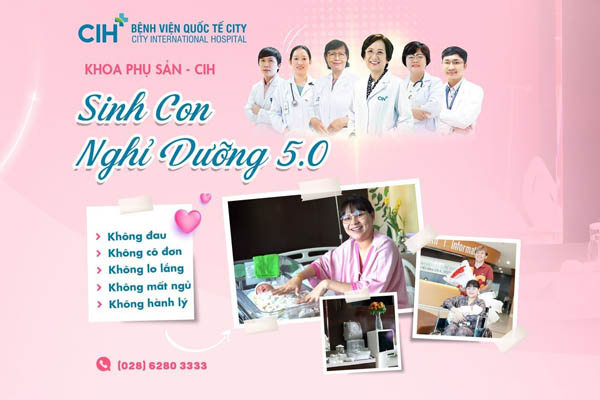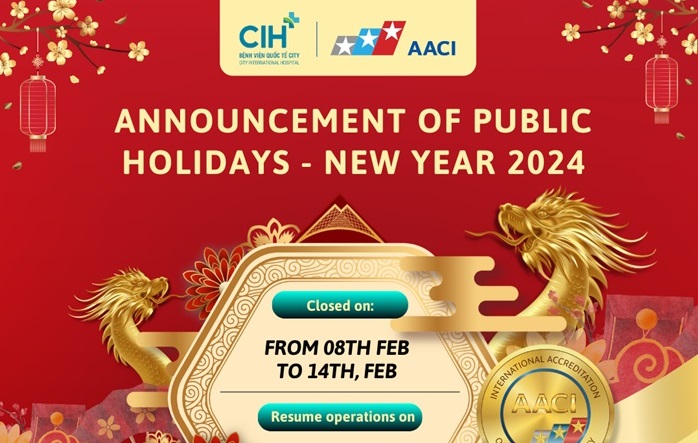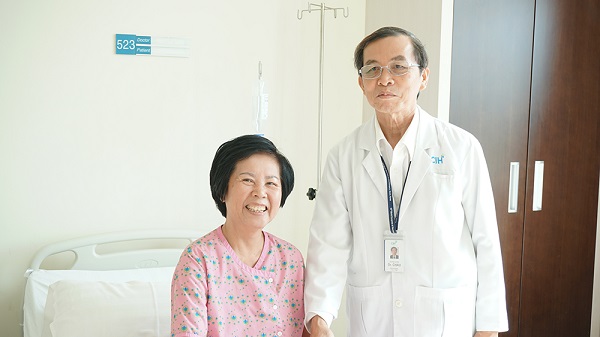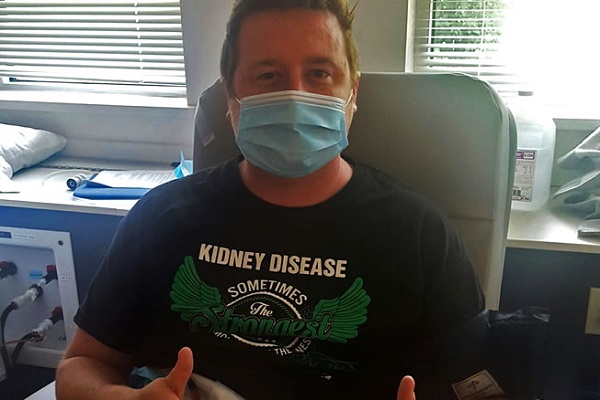Spider vein treatments are a frequent reason patients seek consultation in our clinic. Spider veins are small blue or red veins at the skin’s surface. They are also known as telangiectasias. They can range from less than 1 mm to 4 mm in size. Spider veins are often fed by other veins, known as reticular veins. These are also known as “thread vein.”
Sometimes patients have only a few spider or reticular veins in one focal area. In other cases, they can have many, on both legs, both front and back. It is suspected that there is often a strong genetic component to the development of spider veins. Most do not go away without treatment. The exception is that in some cases where patient develop a lot of spider veins during pregnancy, they can resolve after the baby is delivered. Factors that contribute to spider veins include hormone changes, injury, sun exposure, pregnancy, injury and aging. In many families, there appears to be a genetic component.
Patients seeking treatment in this setting are usually doing so for cosmetic appearance reasons because they do not like how they look. In that case, treatment can help them fade and the cosmetic appearance can improve. This is the common reason patients seek treatment for spider veins.
When there is ache, throbbing from the vein or other pain, this can suggest a medical rationale for seeking treatment. Symptoms can suggest there is underlying venous insufficiency of the saphenous veins or other veins under the skin. This is especially the case when there are a lot of veins around the ankle and foot, known as corona phlebectasia. Occasionally, some patients can experience bleeding spider veins. When this occurs in the legs, especially around the ankle, the bleeding can be quite severe due to the high pressure from the underlying chronic venous insufficiency. In these cases, patients are usually seeking treatment for medical reasons.
In some cases, the concerns are both medical and cosmetic. For example, some pregnant patients see a lot of spider veins develop during pregnancy. Many will explain they are both concerned from a medical perspective, but also cosmetic. If you are not sure which category you fit into, a simple evaluation by a vein specialist can usually help you determine the best treatment path.
Developing a Spider Vein Treatment Plan
Once a patient seeks treatment, the most important thing is to develop an adequate treatment plan with the care provider. Patients seeking treatment should see a vein specialist who is experienced not only in techniques such as sclerotherapy, but also in diagnosing and treating the entire spectrum of venous disorders so they can help you choose the optimal treatment plan. This usually starts with a consultation where the care provider examines your legs. At this time they also take a detailed medical history, especially focusing on your venous history. They will be particularly interested in your family history, or if you have leg swelling, or a history of blood clots (deep venous thrombosis or superficial venous thrombosis).
When it is simply spider veins and the primary reason to treat them is cosmetic, one can often proceed without a venous ultrasound directly to sclerotherapy treatment sessions.
When significant venous insufficiency is suspected, they will often order a lower extremity venous ultrasound. This helps map out the normal and varicose veins. When one has indications to evaluate the veins with a venous ultrasound and significant venous insufficiency is found in the veins below the skin (like the greater saphenous vein and its branches), then treatment plans may be more comprehensive to include approaches like radiofrequency ablation of the greater saphenous vein (Closurefast), endovenous laser therapy, Venaseal or Varithena polidocanol endovenous microfoam. Depending on the indications and findings, these treatments are covered by most insurance companies as being medically necessary.
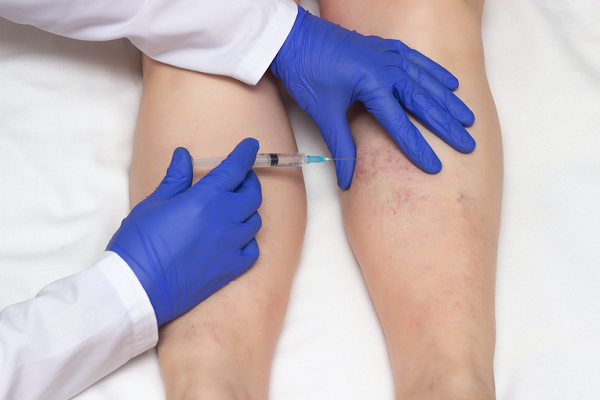
Its Important to Get Appropriate and Complete Treatment
Appropriate treatment varies from patient to patient, but requires estimating the total number of treatment sessions needed, and making sure to treat the source feeder veins during these sessions. When treating spider veins, it is important to sort out with the provider how many sessions will be needed. If it is just one focal area, then one session may be sufficient. But when it is both legs, above and below the knees, and the front, back, and sides of the legs, it is not uncommon for several treatment sessions to be required to achieve the best results.
It is also important that the provider treats the “feeder” veins, known as reticular veins, otherwise the spider veins may take longer to fade away and may return quicker. Most experienced sclerotherapists are good at identifying and treating the feeder reticular veins, as well as making sure their patients have reasonable expectations about how many sessions will be needed to achieve optimal results.
Understanding Expectations is Key to Getting the Best Results.
It is important for the patient and provider to discuss treatment expectations in advance so everyone agrees on what to expect. Photos are usually taken before each session so the patient can track their progress over the course of recovery. With this approach, the patient and the provide can follow the results over time and compare to the pre treatment images. Treatment of spider veins with sclerotherapy takes time for optimal results. Often the veins darken a bit (showing), or can have a blush appearance while they are healing. Sometimes there is trapped coagulated blood in the veins that needs to be treated to make the color fade faster. This can take weeks, or sometimes months to fade, depending on the patient and the extent of treatments required. Thus we tell patients sometimes they look worse before they look better. Thus its a good idea to time treatment well in advance of any vacations or events where one might be concerned about appearance in early healing.
Long Term Prognosis
It is important to understand that long-term spider veins can return. This can take years, but it varies in patient to patient. Some patients will schedule occasional “maintenance” sessions of sclerotherapy in the ensuing years to stay on top of the situation after their initial treatment.
About CIH's Vascular Center
At the Vascular Center, we are Vietnam's leading vein doctors who specialize in caring for patients with venous disorders such as varicose veins, deep venous thrombosis, and venous stasis ulcers. We have a state of the art, modern clinic located on the second floor within City International Hospital building. The Vascular Center where patients can find a one stop solution for the evaluation and management of their vascular issues. We are proud to be the home of Vietnam’s leading vascular surgeons and offer the comfort of working with patients – from consultation to procedural interventions – in convenient, easy to access clinic location.
Schedule a Consultation to Learn More
To learn more about varicose vein treatment options at one our vascular center, call to request a consultation today with one of our specialists.
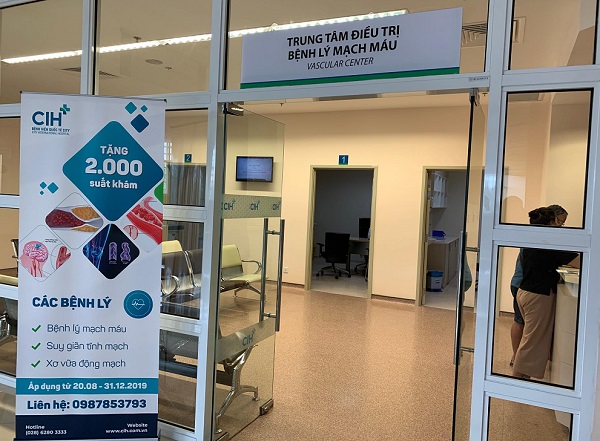
Vascular Center - Level 2, City International Hospital (CIH)
For appointment or more information about the services provided, please contact:
Vascular Center
- Level 2, City International Hospital (CIH)
- Patient service: (8428) 6280 3333, ext. 8040
VIU - Vascular Interventional Unit
- Level 3, City International Hospital (CIH)
- Patient service: (8428) 6280 3333, ext. 8535
- Operator: (8428) 6280 3333, ext. 0
- Location: Level 3, No. 3, 17A Street, Binh Tri Dong B Ward, Binh Tan Dist. (Next to AEON Mall Binh Tan). Ho Chi Minh City.
- Website: https://cih.com.vn/en/
- Email: This email address is being protected from spambots. You need JavaScript enabled to view it.













